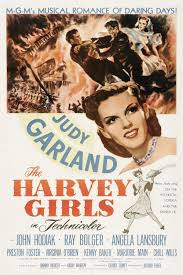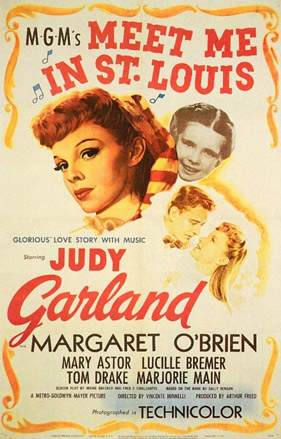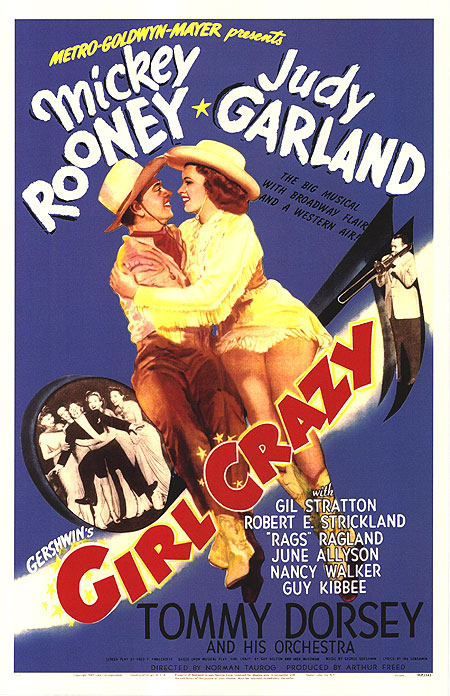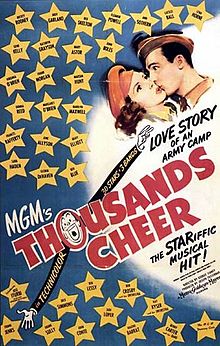Judy by the Numbers: "A Great Lady Has An Interview"
 Wednesday, June 8, 2016 at 8:38AM
Wednesday, June 8, 2016 at 8:38AM Anne Marie is tracking Judy Garland's career through musical numbers...
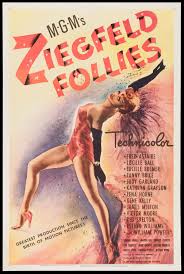 Our time travelling comes to an end this week with a movie that was filmed before The Harvey Girls but, due to expensive reshoots, wasn't released until months later. Ziegfeld Follies (not to be confused with Ziegfeld Girl) is a plotless series of excuses for MGM to throw its considerable stable of talent into a series of comic and musical sketches tailor made to show off the stars - and the studio - at their finest.
Our time travelling comes to an end this week with a movie that was filmed before The Harvey Girls but, due to expensive reshoots, wasn't released until months later. Ziegfeld Follies (not to be confused with Ziegfeld Girl) is a plotless series of excuses for MGM to throw its considerable stable of talent into a series of comic and musical sketches tailor made to show off the stars - and the studio - at their finest.
The Movie: Ziegfeld Follies (1946)
The Songwriters: Kay Thompson (lyrics), Roger Edens (music)
The Players: Judy Garland, Gene Kelly, Fred Astaire, William Powell, Esther Williams, directed by Vincente Minnelli
The Story: According to rumor, originally this enjoyable little slip of a number was designed for Greer Garson. However, when Garson backed out, it became a number about Garson, lampooning her accent, image, and Oscar-bait dramatic roles. However, the satire was all in good fun, in large part due to the lyrics by Kay Thompson.
Though this was Thompson's first credit on a Judy Garland performance, she had been working with Garland since befriending the young starlet on a radio show in 1939. On top of a successful nightclub career, Thompson would become MGM's top vocal arranger and vocal coach, working with Judy Garland, Fred Astaire, June Allyson, and more. But more than Thompson's vocal control rubbed off on Judy. Watch this clip with Audrey Hepburn, and compare the physicality - from poses to gestures, between Kay and Judy.
While Kay Thompson would remain close friends with Judy Garland, eventually even lending Liza a hand, her own movie career never took off. Instead, Thompson would become world famous for another career: as the creator and writer of the children's series Eloise.



